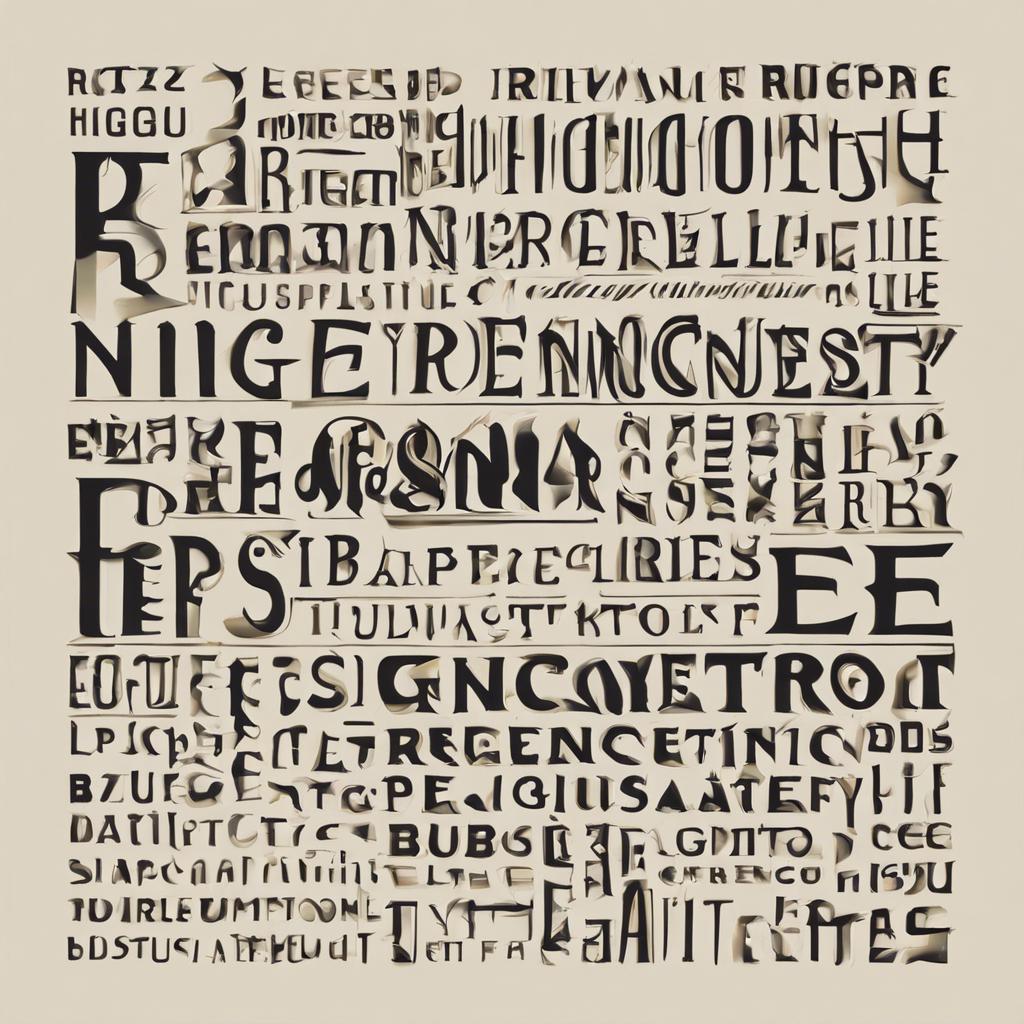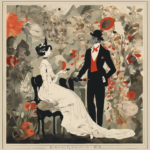During the Regency era, fonts played a significant role in shaping the aesthetics of printed materials. From elegant script to bold serif typefaces, the typography of this period reflected the refined tastes and cultural nuances of the time. In this article, we will explore the captivating world of Regency era fonts, delving into their history, characteristics, and enduring influence on design. Join us as we uncover the typographic treasures of a bygone era that continue to captivate and inspire to this day.
Step Into the World of Cheryl Bolen
Dive into the enchanting stories of love, intrigue, and elegance set in the Regency Era. Cheryl Bolen's novels offer timeless romance and captivating tales that will leave you wanting more.
Explore Cheryl Bolen's Books Now
Headings:
The use of regency era fonts in design and typography can evoke a sense of elegance and refinement. These fonts were commonly used during the early 19th century, a period known for its opulence and sophistication. Incorporating regency era fonts into your design projects can add a touch of historical charm and sophistication.
When choosing regency era fonts for your project, consider fonts that feature intricate details, elegant flourishes, and stylish serifs. These fonts often reflect the intricate design elements popular during the regency era, such as delicate scrollwork and graceful curves. By selecting fonts that capture the essence of the period, you can create a visual aesthetic that transports viewers back in time.
Some popular regency era fonts to consider include Baskerville, Caslon, and Didot. These fonts were commonly used during the regency era and are still beloved for their timeless elegance. Experiment with different combinations of regency era fonts to create a design that is both visually appealing and historically accurate. Embrace the beauty of the past with regency era fonts in your next design project.
Introduction to Regency Era Fonts
The Regency Era was a time of elegance and refinement in British history, reflected in the intricate and stylish fonts used during that period. These fonts are characterized by their ornate details, flowing lines, and classic designs that capture the essence of the era.
One popular font style from the Regency Era is the “Garamond” font, known for its graceful curves and timeless appeal. Another well-loved font is the “Baskerville” font, with its crisp serifs and sophisticated appearance. These fonts were commonly used in publications, invitations, and official documents during the Regency Era, adding a touch of sophistication to any printed material.
When using Regency Era fonts, it’s important to consider the context and purpose of your design. These fonts work best for projects that require a touch of elegance and history, such as wedding invitations, historical publications, or period-themed branding. Experiment with different font pairings and sizes to create a harmonious and visually appealing design that pays homage to the beauty of the Regency Era.
Distinctive Characteristics of Regency Era Typography
The typography of the Regency Era is characterized by its elegance and refinement, reflecting the taste and style of the early 19th century. One distinctive feature of Regency era fonts is their ornate and intricate designs, often incorporating elaborate swashes and flourishes. These fonts exude a sense of sophistication and luxury, making them perfect for projects that require a touch of glamour and sophistication.
Another key characteristic of Regency era typography is the use of serif fonts, particularly those with thin, delicate serifs. Serif fonts were highly popular during this period, as they were seen as more formal and traditional compared to sans-serif fonts. The use of serif fonts in Regency era typography adds a sense of elegance and sophistication to printed materials, making them ideal for creating a refined and classic look.
In addition to serif fonts, script fonts were also commonly used during the Regency Era to add a touch of elegance and whimsy to printed materials. Script fonts mimic handwriting styles with their flowing and cursive-like designs, adding a personal and artistic touch to text. When used sparingly and judiciously, script fonts can elevate the overall aesthetic of a design and evoke a sense of romance and nostalgia.
Recommended Regency Era Fonts for Modern Design Projects
When it comes to incorporating the elegance and sophistication of the Regency era into modern design projects, selecting the right font is key. To help you achieve a timeless and classic look, here are some recommended Regency era fonts that will add a touch of historical charm to your designs.
1. Baskerville: This serif font is a classic choice for Regency era-inspired designs. With its elegant curves and delicate serifs, Baskerville exudes a sense of refinement and grace. Use this font for headings and body text to give your design a sophisticated and timeless appeal.
2. Caslon: Another popular choice for Regency era fonts, Caslon is known for its clean lines and classic proportions. Whether you’re designing a wedding invitation or a book cover, Caslon’s timeless beauty will add a touch of vintage charm to your project.
Tips for Incorporating Regency Era Fonts into Contemporary Designs
Incorporating regency era fonts into contemporary designs can add a touch of elegance and sophistication to your projects. These fonts, characterized by their ornate and decorative flourishes, were popular during the early 19th century and are still beloved for their timeless aesthetic. To seamlessly blend regency era fonts into modern designs, consider the following tips:
1. Contrast with Modern Elements: Pair regency era fonts with sleek, minimalist design elements to create a striking juxtaposition. This contrast will highlight the beauty of the intricate details in the font, while adding a contemporary edge to the overall look.
2. Use as Accents: Incorporate regency era fonts sparingly as accents in headers, titles, or call-to-action buttons. By limiting their use to key areas, you can draw attention to the unique characteristics of the font without overwhelming the design.
3. Combine with Whitespace: Allow plenty of whitespace around regency era fonts to give them room to shine. The negative space will not only emphasize the elegance of the font but also create a sense of sophistication and refinement in the overall design.
In Conclusion
the fonts used during the Regency Era were not only a reflection of the elegant and refined aesthetic of the time, but also a testament to the craftsmanship and attention to detail of the typographers who created them. These fonts continue to inspire and captivate modern designers, serving as a timeless reminder of the sophistication and artistry of the past. As we continue to study and appreciate the Regency Era fonts, we gain a deeper understanding of the cultural and historical significance of typography in shaping our visual culture. Let us continue to honor and preserve these exquisite fonts, ensuring that their legacy endures for future generations to admire and draw inspiration from.


